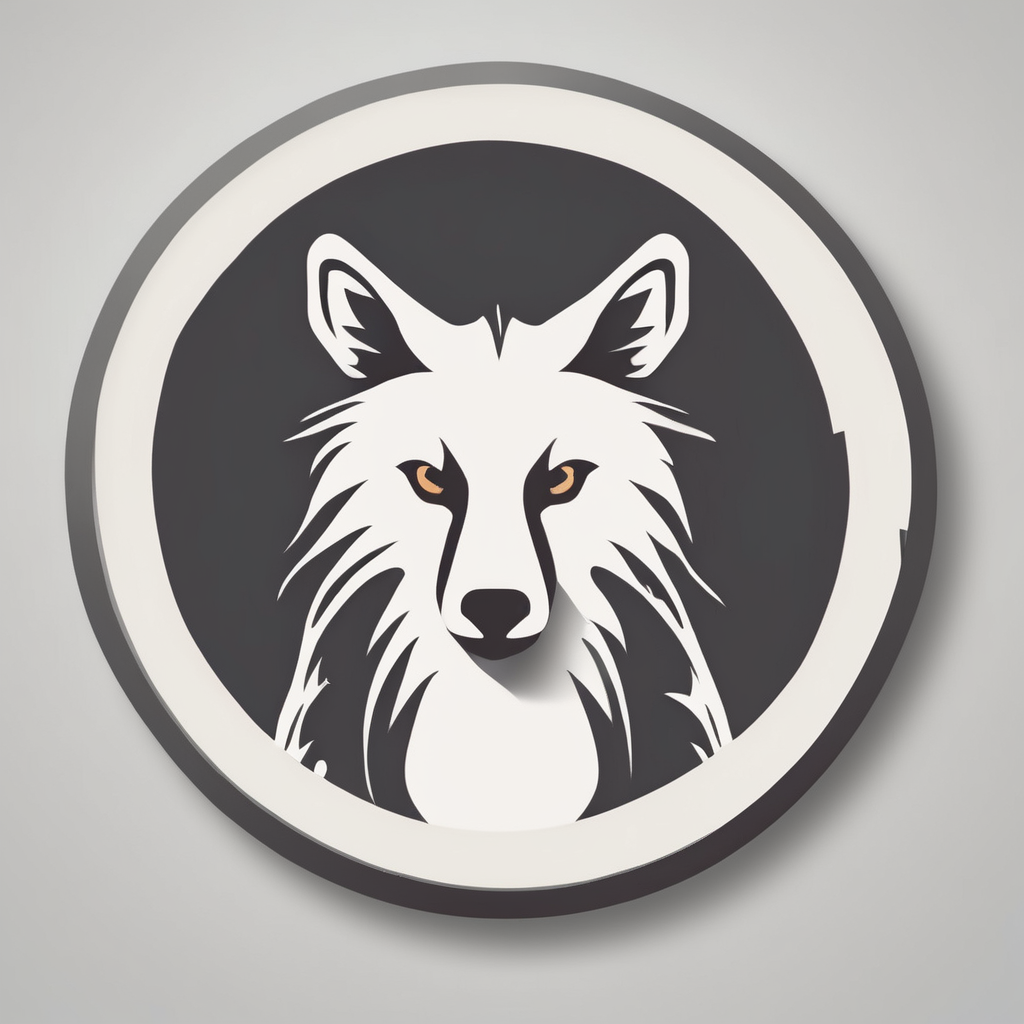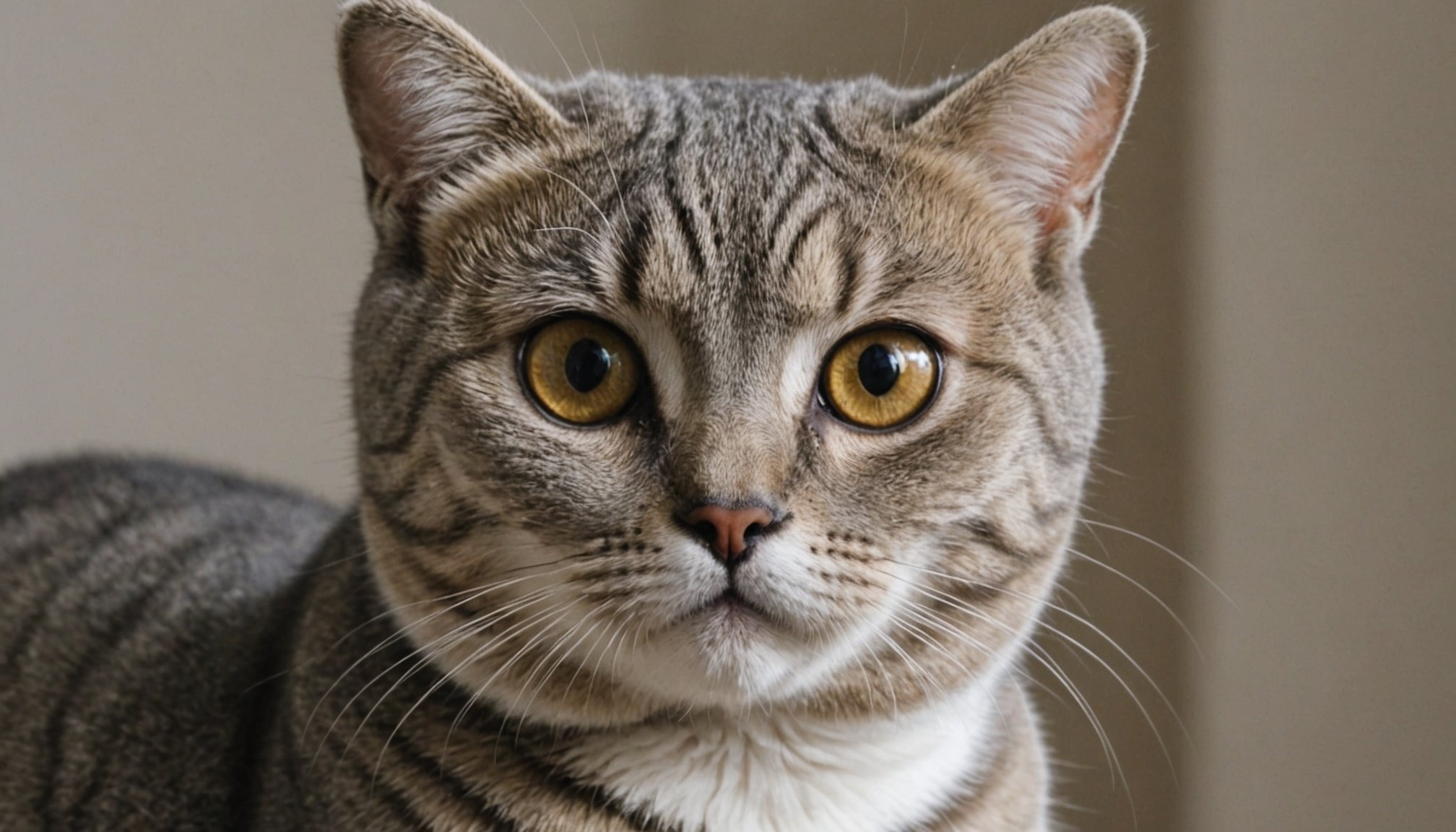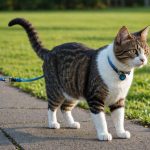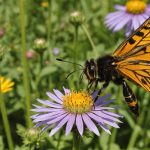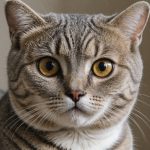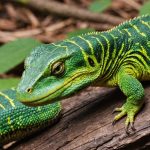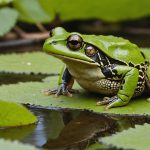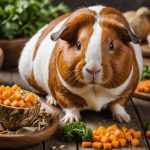Overview of Scottish Fold Cats
Scottish Fold cats are renowned for their unique features, particularly the distinctive ear structure that folds forward and downward, giving them an owl-like appearance. This breed’s unusual feature results from a natural genetic mutation that affects cartilage throughout the body, including the ears. Originating from a barn cat named Susie discovered in 1961 in Scotland, the Scottish Fold soon gained popularity for its charming looks and amiable traits.
In terms of breed characteristics, these cats are known for their round faces, large eyes, and plush, dense coats. They come in various colours and patterns, adding to their appeal as a pet. Scottish Folds are generally medium-sized with sturdy builds and exhibit a soft, gentle temperament.
In the same genre : Spotting stress in british reptiles: key indicators and proven relief techniques
Their general temperament makes them well-suited for family life. They are typically affectionate, enjoying human company and interaction. While they tend to be more laid-back, they can be playful and curious, although not overly demanding of attention. Their calm demeanour makes them adaptable to different environments, and they usually get along well with other pets and children, making them a delightful addition to many homes.
Genetic Implications of Ear Structure
Understanding the genetic issues related to the ear structure of Scottish Fold cats is crucial for potential owners. This bouncy-looking ear structure is due to a spontaneous mutation effecting a single dominant gene. This mutation does not just result in charming folded ears but may lead to hereditary conditions affecting the cat’s cartilage and bone health, particularly in their tails and limbs.
In parallel : Creating an ideal vegetarian diet for your cherished guinea pig: a comprehensive guide
The mutation responsible for the ear folding can lead to a condition called osteochondrodysplasia, which can cause pain and difficulty in movement. Hence, it is paramount for breeders to practice responsible breeding to reduce these health risks significantly. Selecting cats for breeding without this mutation helps mitigate health problems, while still maintaining desired characteristics.
Responsible breeding combined with genetic testing can significantly reduce the occurrence of hereditary conditions. This highlights the necessity of ensuring that prospective Scottish Fold cat owners are informed about both the alluring traits and potential health implications of the breed. By understanding these aspects, one can make educated decisions on breeding practices and ensure the well-being of these delightful companions.
Common Health Problems in Scottish Folds
Scottish Fold cats are subject to distinct health issues, notably osteochondrodysplasia. This hereditary condition affects cartilage and bone formation, leading to joint pain, lameness, and reduced mobility. Cats with osteochondrodysplasia often exhibit a stiff tail and difficulty jumping, signalling underlying cartilage and bone abnormalities.
Besides osteochondrodysplasia, other prevalent breed vulnerabilities include polycystic kidney disease and cardiomyopathy, both impacting the overall well-being of the cat. These health challenges necessitate vigilant care and early detection to enhance life quality.
Routine veterinary care is crucial for early diagnosis of these conditions. Vets often recommend regular check-ups and diagnostic imaging to monitor bone structure and organ health. This proactive approach can help manage symptoms and improve the kitty’s comfort and longevity.
To mitigate potential health problems, prospective owners should seek reputable breeders who conduct thorough genetic screenings. It’s also vital to maintain a balanced diet and ensure an enriched environment for these cats, supporting both physical and mental health. Emphasizing preventive care can lead to healthier, happier lives for Scottish Folds, making them cherished members of the family.
Preventive Measures for Scottish Fold Cats
Ensuring optimal health for Scottish Fold cats involves implementing effective preventive care strategies. Comprehensive health monitoring is essential to detect issues early. Regular veterinary check-ups form the backbone of this monitoring. Vets might recommend specific screenings to evaluate the cat’s bone and cartilage health, given the breed’s susceptibility to osteochondrodysplasia. These check-ups can prevent potential issues from escalating and ensure the pet receives timely intervention if needed.
A balanced diet plays a crucial role in maintaining the health of Scottish Folds. Nutritional considerations should focus on providing foods that support joint health and overall well-being. Specialized diets, including supplements like glucosamine, can be beneficial. Adequate hydration and weight management also significantly contribute to a healthier and happier cat.
Creating an environment conducive to the specific needs of Scottish Fold cats can promote their overall well-being. Comfortable, supportive bedding and accessible spaces can minimize stress on their joints and bones. Engaging toys and interactive playtime will satisfy their mild curiosity and encourage physical activity, ensuring a mentally and physically stimulating lifestyle. By prioritizing these preventive measures, owners can significantly improve their pet’s quality of life.
Expert Opinions and Scientific Research
Scottish Fold cats’ distinct health issues have prompted extensive veterinary insights and scientific exploration. Numerous experts highlight the importance of understanding the genetic mutation responsible for their unique features, emphasising the need for genetic screening in breeding practices.
Recent scientific studies have delved into the implications of this mutation on cartilage health, investigating preventive strategies to mitigate associated issues like osteochondrodysplasia. These studies provide valuable data on hereditary conditions and underline the relevance of responsible breeding to ensure healthier generations of the breed.
Experts consistently stress the necessity for continuous research. Findings guide veterinary practices and inform prospective owners, ensuring well-informed decisions regarding care. By advancing research, the goal is to enhance the overall well-being and longevity of Scottish Folds.
Moreover, scientific inquiry extends beyond health implications, examining behavior traits that correlate with their unique genetics. This broad spectrum of research helps the scientific and pet-owning communities understand the breed more holistically. Continuous dialogue between veterinarians, researchers, and owners fosters a proactive approach to improving the health and living conditions of these charming companions.
Personal Stories from Scottish Fold Owners
Delving into the experiences of Scottish Fold cat owners reveals a tapestry of insights that are both heartwarming and enlightening. Many owners share their anecdotes, shedding light on health challenges associated with the breed, specifically dietary needs and mobility issues. A recurring theme in these stories is the importance of understanding and navigating the quirks of osteochondrodysplasia to provide the best possible care.
Community forums and social groups play a pivotal role in offering support and advice. Owners often exchange tips on managing health-related conditions, discuss veterinary insights they have gathered, and celebrate successes in improving their pets’ lives. This sense of camaraderie underscores how collective knowledge can lead to better outcomes for the breed.
Many express a profound appreciation for the temperament of their Scottish Folds. Despite the challenges, owners revel in the breed’s affectionate nature and unique characteristics. Their stories not only highlight the joys of owning a Scottish Fold but also mirror the collective responsibility felt by this community to uphold the breed’s well-being. For current and prospective owners, these insights offer inspiration and practical guidance in raising a healthy, happy pet.
